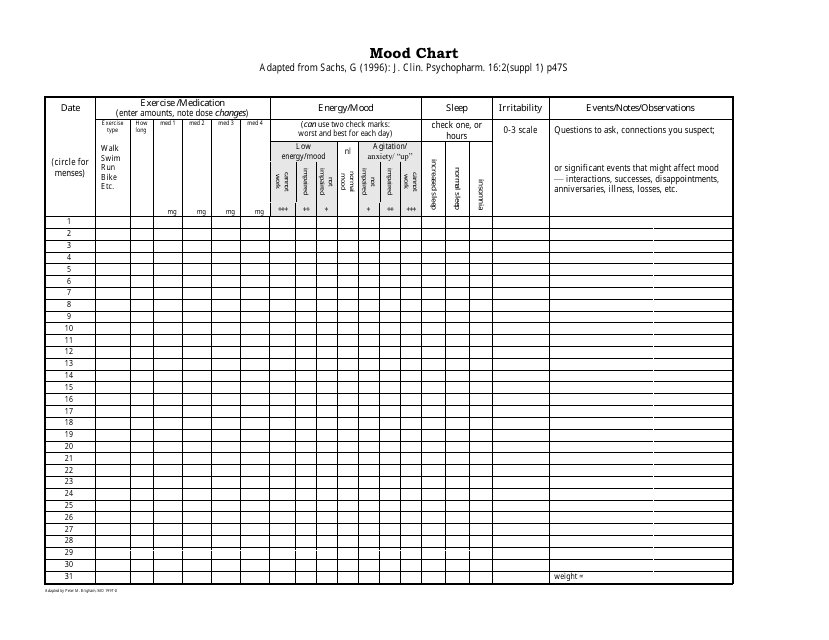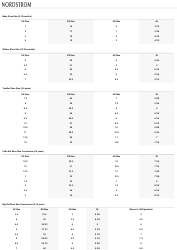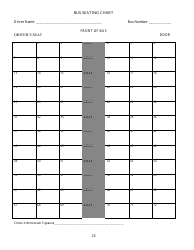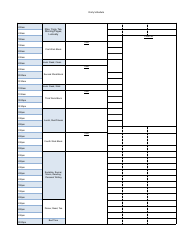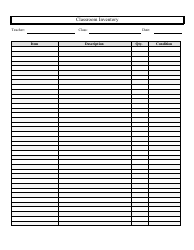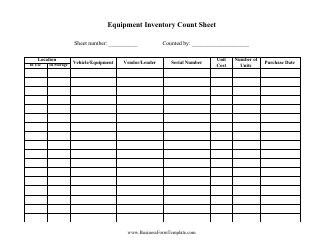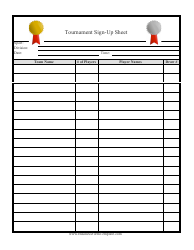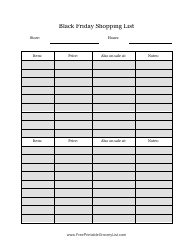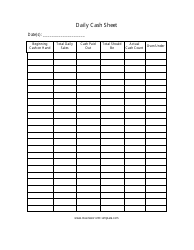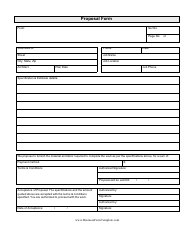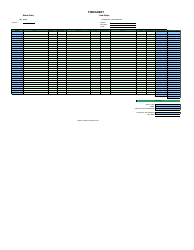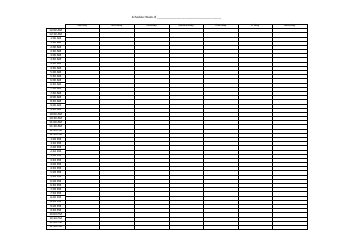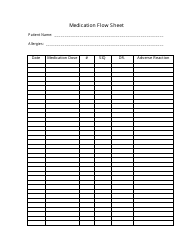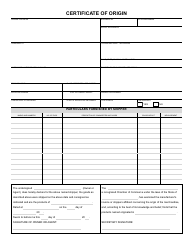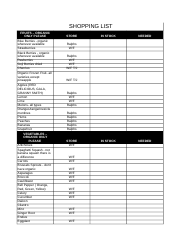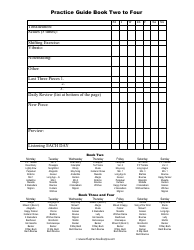Mood Chart - Big Table
A Mood Chart - Big Table is a tool used to track and monitor changes in a person's mood over time. It helps individuals keep a record of their emotional state, allowing them to identify patterns, triggers, and better manage their mental health.
FAQ
Q: What is a Mood Chart?
A: A Mood Chart is a tool used to track and monitor changes in one's mood over time.
Q: Why would someone use a Mood Chart?
A: Someone would use a Mood Chart to gain insights into their mood patterns, identify triggers or patterns, and better manage their mental health.
Q: How does a Mood Chart work?
A: A Mood Chart typically consists of a table where one can record their daily mood, along with any relevant factors such as sleep, exercise, medication, or stressful events.
Q: What are the benefits of using a Mood Chart?
A: Using a Mood Chart can help individuals recognize patterns or trends in their mood, identify factors that influence their mood, and provide valuable information for healthcare professionals during treatment.
Q: Can a Mood Chart help in managing mental health conditions?
A: Yes, a Mood Chart can be a useful tool in managing mental health conditions such as depression, bipolar disorder, or anxiety by providing a visual representation of mood changes and helping individuals develop coping strategies.
Q: What should I include in my Mood Chart?
A: When creating a Mood Chart, you should include columns for date, mood rating, factors that may affect your mood (such as sleep, exercise, or stressors), and any additional notes you find relevant.
Q: How often should I update my Mood Chart?
A: It is recommended to update your Mood Chart daily to accurately capture your mood fluctuations and identify trends over time.
Q: Should I share my Mood Chart with my healthcare provider?
A: Sharing your Mood Chart with your healthcare provider can provide them with valuable insights into your mood patterns and help them in tailoring your treatment plan.
